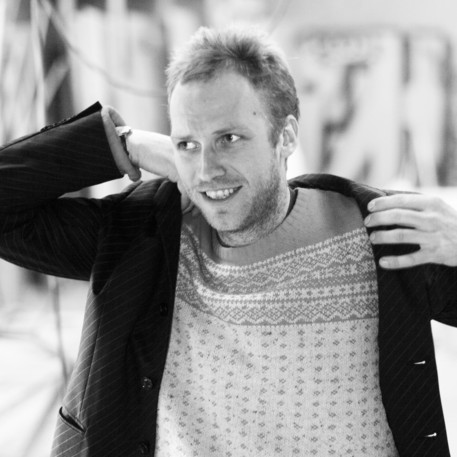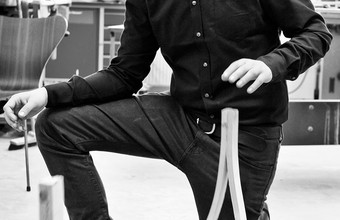Exploring Design in the Field of Social Inclusion and Welfare Design
The core element of my work is to explore what design can do in the fields of social inclusion and welfare design, with the purpose of creating democratic solutions to the complex problems we face in today’s challenging welfare society. The expanded design concept, combined with the designer’s traditional competencies and tools, is the basis for embarking on a variety of development projects which all aim at creating positive change and design in areas where design traditionally has not played any role. That change can be for and with the severely disabled in an institution, for relatives and residents in a nursing home, for patients at a hospital, at a school for children with special needs or in collaboration with a technology based company. The possibilities are endless and vital.
I graduated from Design School Kolding (DSKD) with a degree in Communication Design, but prior to that I was a primary school teacher. I had a keen interest in the communicative opportunities of the visual dimension and a fascination with graphic design which made me give up my first profession as a teacher and apply to DSKD. At the time I was unaware what a gift it would be to combine the two disciplines. Along the way I have acquired a theoretical Master of Design degree and developed an interest in social design, service design and emotional design, and the world of design has opened up and moved in new directions, where both my professional skills have been my companions. With its strategic commitment to social inclusion and welfare design DSKD has been the place for me, the place where my interests in relationships, inclusive processes and the visual aspect have formed a synthesis.
Creating A design has always been very important in my work, because even though designing can create a feeling of ownership, cultural changes and innovation processes I believe that one of the designer’s strengths is exactly to create A design – being able to translate the abstract and the non-concrete into something concrete that is easy to understand. This design can be a product, a system or a service, but in my experience successful design is often a mixture of all these elements.
In the project ‘Design af relationer’ (Design of Relationships) at Skansebakken, a home for the severely disabled, we had the opportunity to create a holistic design that led to a change in the social education workers’ and the pedagogues’ professional perceptions of themselves – a change in mind set – while also changing the service that was provided at the institution. Everything changed by incorporating a concrete product, in this case tablet and Facebook profiles, which were used as a means of communication and a relationship building technology. We did not design a new product per se but used an existing everyday product as a welfare technological solution to support the relationships that had to be developed for the residents with volunteers, relatives and also former employees. Briefly, the aim of the project was to create relationships between the residents and volunteers, people who are not paid to be there. In order for the project to succeed change was effected on many levels – in the individual staff member, in teams, in management, in the local community, in the municipality, in other institutions and, in fact, in a large segment of society. Today the core service at Skansebakken is relationships and an open world that invites people in and also travels outside. School children are frequent visitors. They hold Lucia processions, hold the residents’ hands and read stories. The local choir practices there, dogs visit and line up to be petted. Volunteers accompany residents on trips to summer cottages, arrange wheel chair races in the corridors and a lot more. All this happened because we worked together in holistic user participating design processes where designing was a joint task. We as designers could facilitate the change process, but the employees had to change themselves and also the culture and operation of the institution. The designers translated requests and opportunities into solutions and designs and set a high innovation level while all the time ensuring that the staff was on board.




